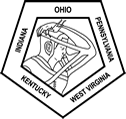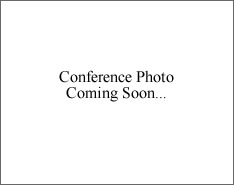<< Back to the abstract archive
Comparison of the immunomodulating effects of human bone marrow derived mesenchymal stem cells and adipose derived stem cells in vitro across different HLA barriers
Waldner Matthias, Zhang Wensheng, James Isaac, Solari Mario, Marra Kacey, Gorantla Vijay, Rubin J.Peter
UPMC
Adipose Stem Cell Center
2015-03-15
Presenter: Matthias Waldner
Affidavit:
The material proposed in this presentation represents 100% of the resident's original work
Director Name: Joseph E. Losee
Author Category: Resident Plastic Surgery
Presentation Category: Basic Science Research
Abstract Category: General Reconstruction
Background: Mesenchymal stem cells deriving from bone marrow and adipose tissue have immunomodulatory effects and low immunogenicity. Bone marrow derived MSCs (BM-MSC) are already being used clinically for immunomodulation in vascularized tissue allografts. Adipose stem cells represent another clinically useful source of cells for transplantation. This study was designed to assess and compare the immunomodulatory capacity BM-MSC and adipose derived stem cells (ASCs) and their susceptibility to immunosuppressive drugs in vitro. This is the first study to compare paired ASC and BMSC specimens from the same human donors.
Methods: Tissue samples of omental fat, subcutaneous fat and bone marrow aspirate from human organ donors where retrieved, isolated and expanded. The effect of immunosuppressive drugs (tacrolimus, mycophenolic acid and rapamycin) on survival and immunomodulative capacity of the isolated cells were examined. In mixed lymphocyte reactions, the capacity of ASCs and BM-MSCs to suppress immune response was assessed and compared. Various HLA mismatched combinations of stimulating cells and responder cells were analyzed in co-culture with different concentrations of immunomodulating MSCs.
Results: Toxicity assays showed a higher susceptibility of BM- MSCs to immunosuppressive drugs compared to ASCs. The immunomodulating effects of both cell types where dose dependent and altered by the presence of immunosuppressants. Proliferation of stimulated PBMCs was suppressed by both ASCs and MSCs.
Conclusion: ASCs and BM-MSCs both showed effective immunomodulation across different HLA barriers. The large availability of adipose tissue and the tolerance against immunosuppressive drugs, make them useful candidates for immunomodulative cell therapy in vascularized composite tissue transplantation.



